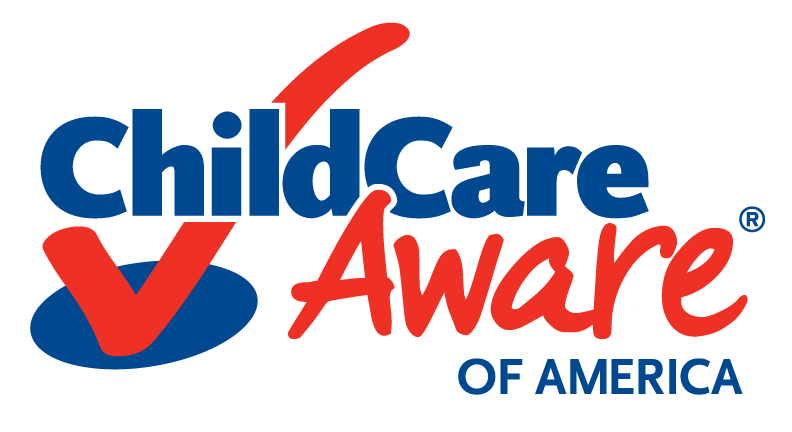Advocacy Tips: Federal Relief Funding
The recent federal relief packages present an opportunity to transform the child care system. The child care sector was broken long before the pandemic. It is not enough to restore it to where it was before COVID-19. States now have the opportunity to make these changes happen if they use the funds to make smart investments. As an advocate, it is important that your voice is heard on how states use the funds from the ARP Act. You know what policies implemented during the pandemic helped stabilize child care and what policies can help build a better system moving forward. It is important to ensure that funds are administered in an equitable, efficient and transparent manner.
There are different ways to weigh in on how American Rescue Plan funds should be spent. Some states created formal working groups that must release recommendations (i.e., Iowa and Arkansas). Other states used surveys to gather feedback. In some states, child care and early learning groups are submitting coalition letters with recommendations. Others are meeting with state administrators or legislators. In West Virginia, advocates are bringing the voices of parents, providers, and other stakeholders together on how to best use these funds. Check out this infographic that summarizes the priority recommendations, lists the public forums being held by the state child care agency, and suggestions on ways to get involved. You can also check out their full list of policy recommendations.
No matter how you weigh in, it’s important to collect the information needed to make a compelling argument. Advocates will need to bring a list of policy suggestions for the state to consider supporting. One way to highlight the need for specific policies is through sharing stories collected from child care providers and families. They can use their own words to talk about the hardships they faced during the pandemic and which temporary policies helped them the most.
Relevant data on the number of operating providers, closures, workforce and demand are also helpful for these conversations. Before meeting with your state policymakers, review your state’s CRRSA 60-day report and 2022-2024 Child Care and Development (CCDF) draft/final plan (see question 4.1.8e in the plan). These can be found on your state lead agency’s website. Both plans suggest how administrators may want to use the federal funding to address short- and long-term issues.
For more detailed information about these individual policies, check out CCAoA’s blog. For more information about the CCDF, explore our hub.
ARP Act and Policy Considerations for Long-term Impact
Child care advocates and stakeholders will have a chance to share which policies the relief dollars can support over the next few years. The Office of Child Care (OCC) recommends that states use the supplemental Child Care and Development Funds (CCDF) discretionary funds to implement policies that expand access to high-quality child care and foster a more equitable child care system. These OCC-supported recommendations will:
- Help stabilize and grow the current supply of child care.
- Ensure early childhood educators are better compensated.
- Allow families to have better access to affordable care in more settings.
- Reinforce that children attend programs with strong health and safety standards in place.
For more detailed information about these individual policies, check out CCAoA’s blog. For more information about the CCDF, explore our hub.
How States Can Support Child Care Providers
- Increase compensation and access to benefits for early childhood educators.
- Delink payment from attendance and base it, instead, on enrollment (learn more here).
- Expand the use of contracts and grants to provide services.
- Increase provider reimbursement rates to match the true cost of care. And, conduct cost of quality studies to set payment rates that cover actual operational costs.
- Provide funding that enables providers to connect with health and mental health consultants.
- Cover the costs of federally-required fingerprinting and background checks.
- Provide grants to cover startup costs.
- Support the expansion of family child care and other programs that will increase child care options for infants and toddlers, families seeking non-standard hour care, children with disabilities, families in rural communities and multi-language learners.
- Provide more trainings and technical assistance on safe and healthy child care environments.
How States Can Support Children and Families
- Reduce or cut family copayments.
- Increase the income limits for subsidy eligibility.
- Broaden the definition of qualifying activities.
- Relax child absence and eligibility redetermination periods.
- Allow essential workers to access subsidy assistance throughout the duration of the pandemic.
How States Can Support and Strengthen CCR&Rs
- Invest in Child Care Resource and Referral agencies (CCR&Rs). Their ongoing work bolsters high-quality child care by conducting outreach and providing help to families and providers — especially those who haven’t participated in the subsidy program.
- Partner with CCR&Rs to administer federal relief fund grants, including outreach and dissemination efforts.
- Upgrade data collection and technology systems.


